Ever wonder what yeast does when it comes to beer? Well for one thing, the yeast does about 90% of the work - so it's safe to say it's pretty important.
We as brewers are in the trade of making yeast food. The yeast eats the sugar and breathes the oxygen we give it. Once the oxygen is gone, it keeps eating the sugar and in return gives us alcohol, CO2 and many, many other flavours.
The initial liquid (wort) is very sweet but somewhat bland compared to the beer that the yeast turns it into.
We use a few different yeast products at Old Yale, and care has to be taken not to cross contaminate them because we’ll get unexpected flavours In our beers.
Below is just a brief summary of the variety of yeast we use day to day at OYB:
Knotty Blonde Ale, Off Trail Pale Ale, West Coast IPA, Moon Dance Mango Wheat, Devilfish SMaSH IPA, Sasquatch Stout, Screaming Banshee Irish Cream Stout, Yeti White Stout
All of these beers use the same yeast. It is a very robust and low maintenance ale yeast that provides clean and predictable flavours so that the the hops, mango, chocolate malt, irish cream, truffles, coffee and many other ingredients can shine through.
Vanishing Monk Belgian Witbier
This beer uses a Belgian Wit (Wheat) ale yeast that produces very distinct peppery and spicy flavours. It also has a tendency to stay suspended in liquid for a lot longer than other yeasts so that helps create the hazy appearance and adds more of the flavour that we love with this beer. It ferments at warmer temperatures than most yeast can tolerate which helps it produce more flavour.
Old Paddle Pilsner
Our Pilsner uses a traditional Bavarian Pilsner yeast (Lager yeast originating from southern Germany and the Czech Republic). This yeast ferments much colder than an ale yeast (10 degrees C compared to 20 with our Ale yeast) which gives the beer a very clean and crisp flavour profile.
BC Backyard Lager
We take the same yeast that we use in the Pilsner but we put it through it paces by warming it up to the temperature that our ale yeast likes to work at. This not only forces the yeast to work faster but it produces much more flavour than using it the traditional way, more like an ale, while still being a lager. This process created a style called the California Common.


